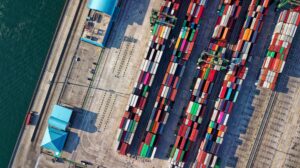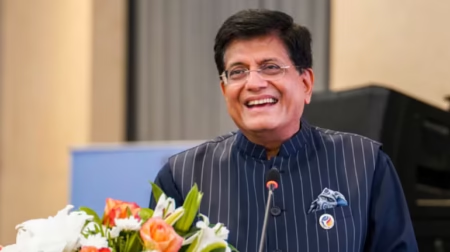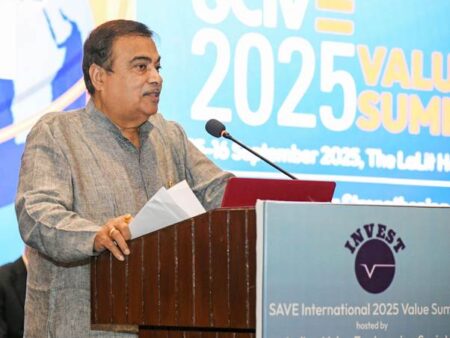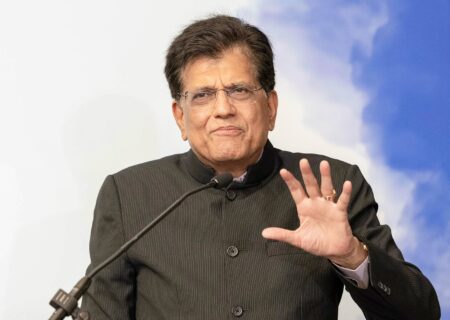India’s vision for robust project cargo logistics rests on large-scale, government-backed infrastructure programs, aligning with the Sustainable Development Agenda 2030. This article examines key initiatives like Sagarmala, Bharatmala, and Setu Bharatam, transforming logistics for seamless, future-ready connectivity.
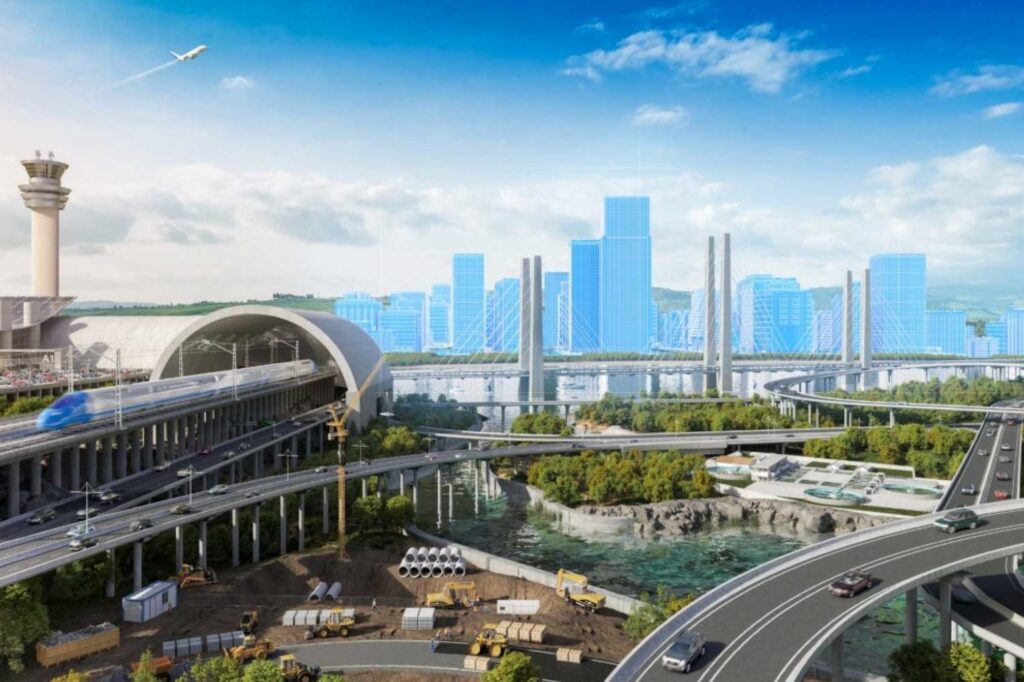
Infrastructure is pivotal in realising India’s Sustainable Development Agenda 2030. Essential for socio-economic growth, it encompasses transport systems, energy access, and water networks, fostering economic progress alongside social and environmental advancement. With a reported need to invest $4.51 trillion in infrastructure by 2030, India’s ambitious projects are both supporting economic objectives and aiming to drive the nation towards a $5 trillion economy by 2025.
Sagarmala project: port-led development
The Sagarmala Project is India’s flagship program to revamp its port infrastructure, making it a cornerstone of the nation’s logistics strategy. Recognising the importance of ports in enhancing trade, Sagarmala focuses on port modernisation, connectivity, industrialisation, and community development along India’s vast coastline. The project envisions optimising port-led logistics and leveraging India’s 7,517 km of coastline and 14,500 km of navigable waterways, intending to reduce logistics costs and promote exports. Under this initiative, a staggering 839 projects are planned with an investment of approximately ₹5.79 lakh crore ($9.7 billion) by 2035, of which ₹1.22 lakh crore has already been completed.
Comprehensive port connectivity plan
To date, Sagarmala has implemented 839 projects with a budget of ₹579,971 lakh crore, spanning from port modernisation to coastal shipping. Port modernisation and connectivity enhancement form two primary pillars of Sagarmala, focusing on improving the efficiency of India’s logistics sector. Major completed projects include the Bunker Berth at Chennai Port, a Ro-Pax facility at Hazira, and enhanced road connectivity to Kolkata Dock. Furthermore, 279 projects, with a combined worth of ₹2.06 lakh crore, aim to establish seamless connectivity between ports and domestic production hubs, employing rail, road, and pipeline networks. The Indian Port Rail & Ropeway Corporation Limited (IPRCL) plays a crucial role here, managing port-rail connectivity to streamline cargo movement.
Bharatmala project: Connecting India’s diverse terrain
Recognising the critical role of transportation, the government launched Bharatmala Pariyojna to connect distant parts of India and bridge infrastructure gaps. Established in 2015, Bharatmala includes the construction of economic corridors, inter-corridors, and coastal connectivity roads. With an investment of ₹10.63 trillion, the project aims to cover 83,677 km of highways, interlinking 550 district headquarters through high-capacity road networks. Bharatmala is set to increase national freight capacity, boost connectivity for logistics parks, and provide smoother, safer, and faster transit across the nation.
A strong logistics framework is crucial for India’s $5 trillion economy
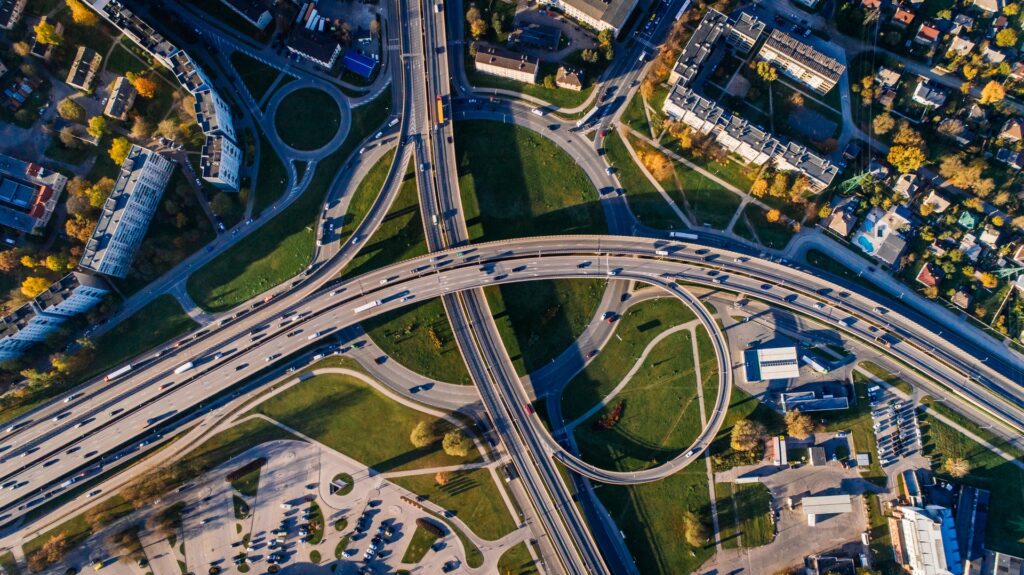
India’s infrastructure initiatives reflect a visionary approach to project cargo logistics
Expanding corridors and logistics parks
As part of Bharatmala’s initiative, six national corridors are being expanded to fifty, interconnecting numerous logistics parks across India to establish a hub-and-spoke transport model. This will shift freight traffic from point-to-point systems to more efficient hubs, handling goods with larger capacity trucks. Bharatmala’s integration with other government programs, such as Make in India and Digital India, highlights its role in transforming India’s logistical landscape through cutting-edge infrastructure.
MTHL: Infrastructure revolution
The Mumbai Trans Harbour Link (MTHL), recently completed in January 2024, is a 21.8 km sea bridge connecting Mumbai with Navi Mumbai. As India’s longest sea bridge, it promises to ease congestion, significantly cut travel time between the island city and the mainland, and improve access to key points like the Navi Mumbai International Airport and the Pune Expressway. With an investment of ₹17,843 crore, MTHL represents a major step forward for the Indian infrastructure sector, demonstrating the potential for urban decongestion and more efficient logistics.
Setu Bharatam: Enhancing connectivity
Launched in 2016, Setu Bharatam is dedicated to making all national highways free of railway level crossings, enhancing safety and efficiency. With a budget of ₹102 billion, the project involves constructing 208 rail overbridges and modernising over 1,500 British-era bridges. Statewise, Andhra Pradesh leads with 33 new bridges, followed by West Bengal with 22, showcasing the nationwide impact of Setu Bharatam. This initiative is designed to prevent accidents at crossings, offering safer, more reliable road-rail connectivity essential for a smoothly functioning logistics ecosystem.
IBMS: Monitoring infrastructure integrity
To ensure the sustained functionality of national highway bridges, the Ministry of Road Transport and Highways has developed the Indian Bridge Management System (IBMS). This innovative system, operated from the Indian Academy for Highway Engineers in Noida, inspects and inventories the condition of 50,000 bridges nationwide. By integrating mobile inspection units, IBMS not only improves infrastructure reliability but also contributes to the long-term success of the Setu Bharatam Project, providing essential data for maintenance and modernisation efforts.
Synergising projects with national goals
The Sagarmala, Bharatmala, and Setu Bharatam projects are closely aligned with key national schemes, including Make in India, industrial corridors, and the Dedicated Freight Corridor. Together, these initiatives support India’s socio-economic agenda, including regional connectivity, rural development, and environmental goals. For instance, Sagarmala’s emphasis on coastal community development aids local livelihoods, while Bharatmala’s robust highway network empowers rural economies. Setu Bharatam’s safety measures reduce accident risks, highlighting the social and economic impacts of these strategic logistics initiatives.
Future of India’s logistics
As India marches toward becoming a $5 trillion economy, the role of a robust logistics framework is paramount. By investing in large-scale projects such as Sagarmala, Bharatmala, MTHL, and Setu Bharatam, the government aims to build a world-class logistics ecosystem, reducing costs, and enhancing connectivity. This will not only support domestic industries but also make Indian exports more competitive, contributing to the nation’s overall economic and social development.
India’s infrastructure initiatives reflect a visionary approach to project cargo logistics. Through these mega projects, the government demonstrates its commitment to creating an interconnected, efficient, and sustainable logistics network—setting the stage for India’s rapid and inclusive growth.



